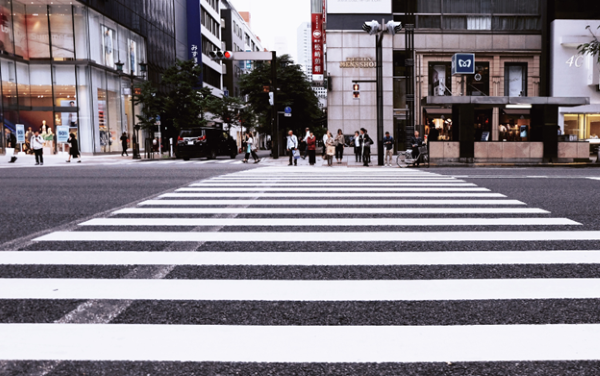New York City's Regulations on Pedestrian and Cyclist Safety: Preventing Accidents and Injuries
In the bustling streets of New York City, ensuring the safety of pedestrians and cyclists has become paramount. The city, known for its vibrant urban life, has seen a concerning rise in pedestrian and cyclist accidents over recent years.
This uptick prompted city officials to implement stricter regulations aimed at preventing accidents and injuries, highlighting an urgent need for enhanced urban safety measures.

Background Information
Statistics reveal a troubling trend of increasing accidents involving pedestrians and cyclists in NYC. With the city's urban development and the surge in traffic, the risk of accidents has escalated, making it clear that immediate action was required to safeguard the residents and visitors navigating the city's streets.For instance, according to the New York City Department of Transportation (NYCDOT), in 2022 alone, there were 50,726 reported injuries and 247 fatalities among pedestrians/cyclists due to traffic accidents in NYC. Furthermore, a majority of these incidents happened at intersections and crosswalks, indicating the need for better regulations to ensure pedestrian and cyclist safety.
Victims of these accidents often suffer severe injuries, including broken bones, head trauma, paralysis, and even death. A skilled New York City car accident attorney is well-versed in the impact of these injuries on victims and their families, highlighting the importance of strict regulations and enforcement to prevent such devastating outcomes.
New York City's Approach to Enhancing Pedestrian and Cyclist Safety
The city's response was the ambitious Vision Zero initiative, aiming to eliminate all traffic fatalities and severe injuries. Through a comprehensive set of new regulations, NYC has been working towards creating a safer environment for pedestrians and cyclists alike.Below are some specific measures that have been implemented to achieve this goal:
Expansion of Bike Lanes
One of the key strategies was the addition of protected bike lanes throughout the city. These lanes provide a safe space for cyclists, significantly reducing the likelihood of accidents with vehicles.The impact has been profound, with marked decreases in cyclist injuries in areas where protected lanes have been installed.
Pedestrian Plaza Enhancements
NYC has also focused on creating and expanding pedestrian-only zones. These plazas have not only enhanced the aesthetic appeal of the city but have provided safe spaces free from vehicular traffic, greatly benefiting local communities.Lowering Speed Limits
Additionally, speed limits have been lowered from 30 to 25 miles per hour on most city roads. This change has resulted in a significant decrease in fatal accidents, as the severity of injuries is reduced at lower speeds.Implementation of Automated Enforcement Cameras
The city has also installed automated enforcement cameras at high-risk locations to catch and penalize drivers who violate traffic laws. This measure has been crucial in deterring reckless driving, thus increasing safety for pedestrians and cyclists.Public Awareness Campaigns
Educational initiatives have aimed to foster a sense of shared responsibility among all road users. Successful campaigns have raised awareness about the importance of road safety, encouraging behaviors that protect everyone.Challenges and Opposition
Despite the positive impacts, the implementation of these regulations has not been without challenges. Logistical issues and public opposition, particularly from drivers accustomed to the previous status quo, have posed significant hurdles.For example, the expansion of bike lanes often required reducing space for vehicle traffic, leading to increased congestion and longer commutes. Similarly, some drivers have been resistant to the speed limit changes, viewing them as an inconvenience.
However, through persistent effort and community engagement, the city has continued to make strides toward safer streets. In the long run, these changes have been proven to benefit everyone on the road.
Conclusion
New York City's regulations on pedestrian and cyclist safety serve as a model for urban areas worldwide. The commitment shown by city officials and the community to improving safety has led to tangible benefits, demonstrating that with focused effort, cities can protect their most vulnerable road users.Other cities looking to mitigate traffic accidents and injuries have much to learn from NYC’s proactive and comprehensive approach, highlighting the importance of continued investment in safety for the well-being of all city dwellers.
Do You Need An Attorney?
If so, post a short summary of your legal needs to our site and let attorneys submit applications to fulfill those needs. No time wasted, no hassle, no confusion, no cost.

